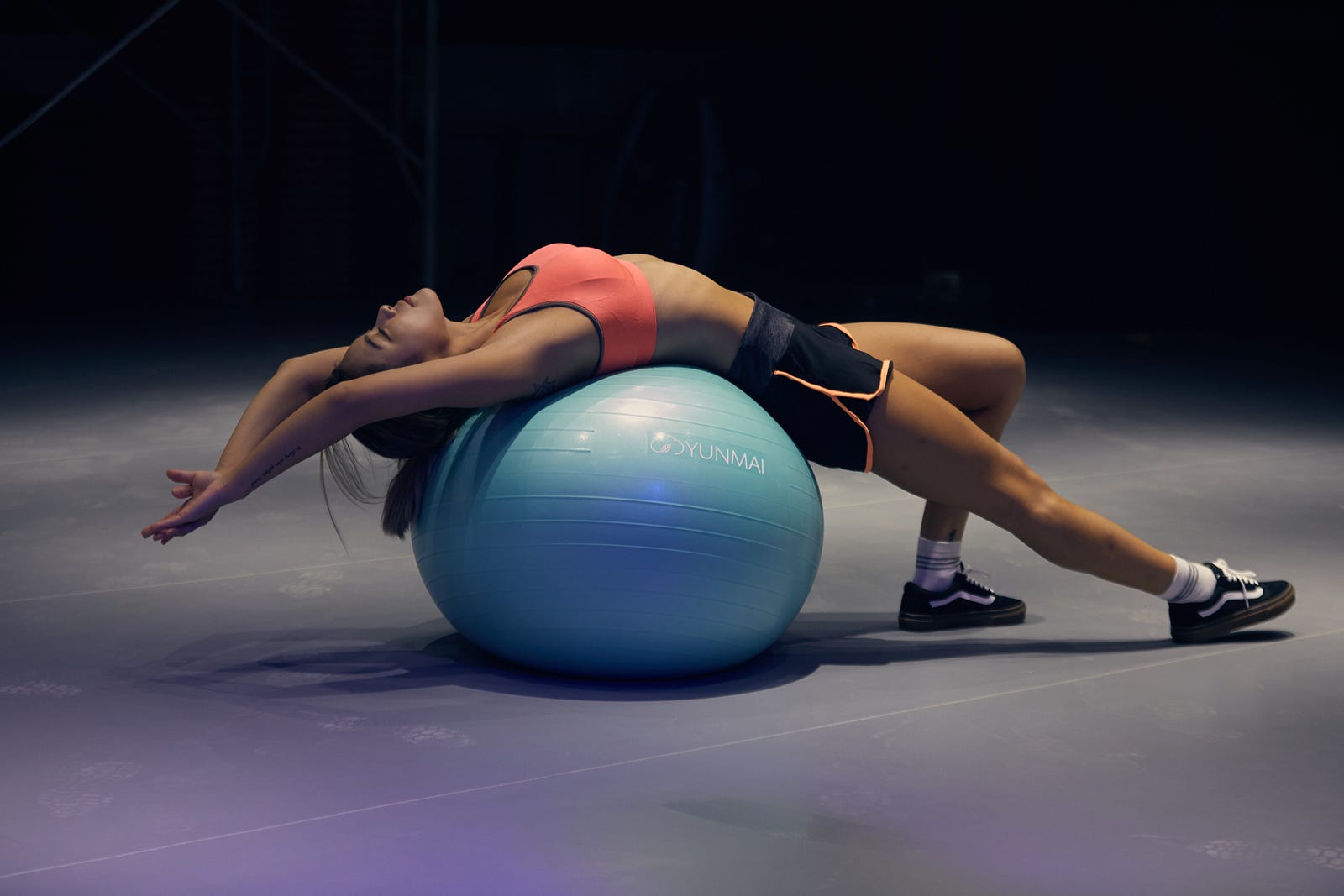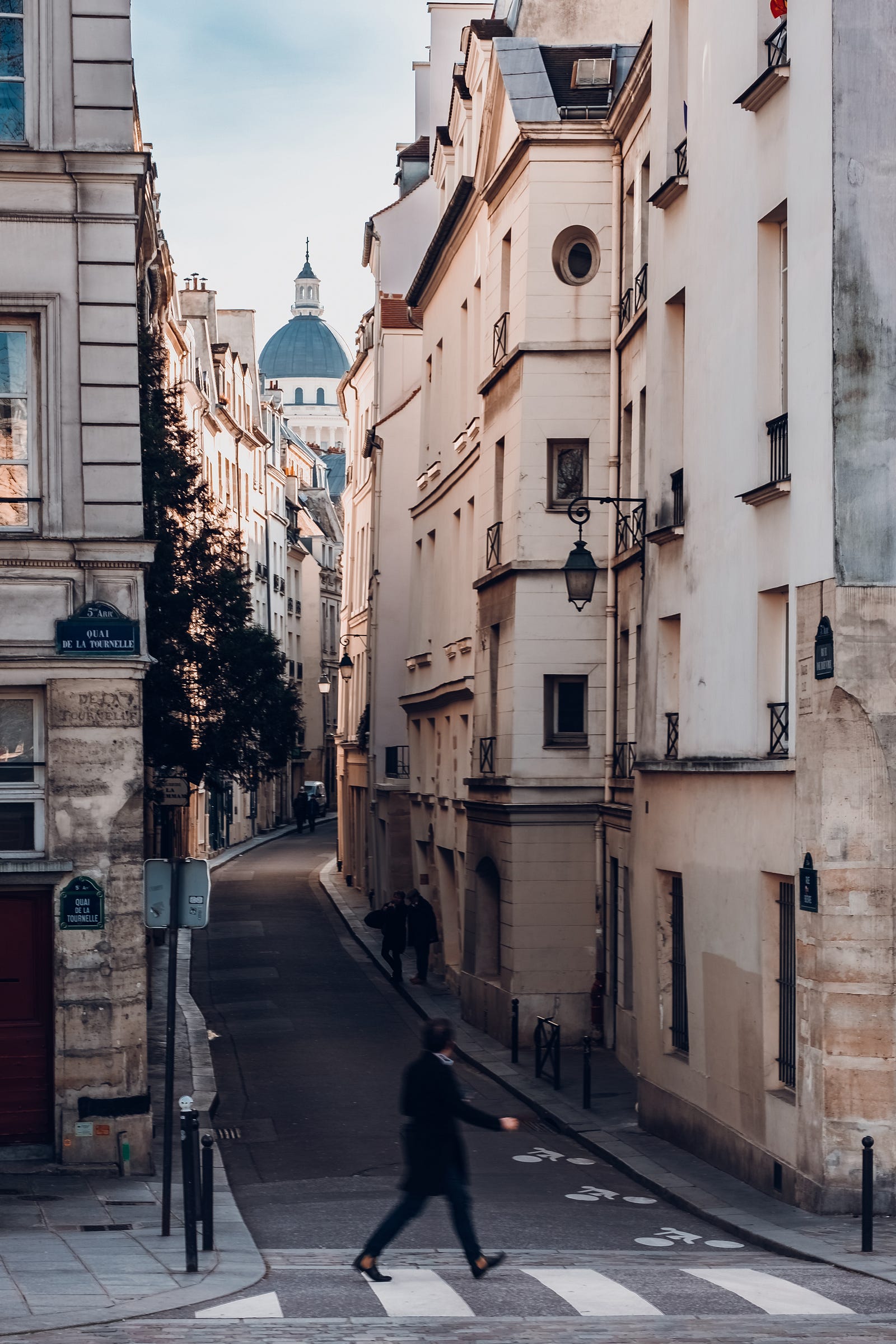They tragically died, but can you learn from them?Photo by Diego Lozano on Unsplash
I loved my alcohol and drank for the majority of my adult life. I finally found sobriety almost four years ago, and I couldn’t be more grateful.
It took many years of casual drinking before I began indulging to the point of concern. Sure, there were instances throughout my life where I overdrank, but for the most part, I had “it” under control.
After retirement, however, with my children grown and on their own, my drinking escalated. After all, I was free. I earned my retirement and the right to do as I pleased.
Until that is, I realized my drinking was out of control, and I quit. No, not that quickly. It took two years of reading every quit lit book I could get my hands on, failed twice until finally — as the saying goes; the third time is a charm.
Since giving up the drink, I’ve been passionate about sharing my story and those of others addicted.
Though I never was interested in trying drugs, I understand the lure. Also, a dear family member became addicted to pain pills prescribed by doctors. It broke my heart to see the struggle.
These five beautiful, talented women were addicted to drugs; some also indulged in alcohol, in addition to narcotics. Sadly, they weren’t able to save themselves.
You probably already know their stories, but let’s not forget them or their short, tragic lives.
Five tragedies
Whitney Houston — Ms. Houston rose to fame quickly with her debut album titled with her name in 1985.
Her big acting break was starring in the film “The Bodyguard” with Kevin Costner. Shortly after that, she began to abuse drugs, with cocaine her main choice. She battled her addiction for many years. Whitney’s bodyguard found her facedown in the bathtub. Her death was ruled an accidental drowning along with heart disease and cocaine use. She died at age 48 in 2012.
Marilyn Monroe — Ms. Monroe is one of the most written about, and her story of fame, fortune, and drug abuse is widely known. She worked hard yet had few friends and was lonely though surrounded by adoration. According to sources, Marilyn suffered sexual abuse at the hands of Hollywood producers and studio heads. This treatment exacerbated her drug use and mood disorder. She had sedatives, sleeping pills, amphetamines, speed, and other drugs on her nightstand. Rather than intervene, her doctor continued to prescribe her prescription drugs. Ultimately, this was the cause of her demise at age 36 in 1962.
Judy Garland — The Wizard of Oz is her signature film, and this is when she first became hooked on drugs so she could keep up with the grueling schedule. Her non-stop agenda continued for many years — all the while, she used barbiturates, stimulants, and depressants. Ms. Garland was given these drugs by studio producers so that she could keep working. Eventually, she died from an overdose at age 47 in 1969.
Amy Winehouse — Amy ultimately died from alcohol poisoning, but her first addiction was to drugs; heroin, cocaine, crack, and marijuana, which she abused for many years. She quit taking drugs, and her drinking worsened in an attempt to help with withdrawal. She fell again and had a final episode of binge drinking that killed her at age 27 in 2011.
Janis Joplin — Janis was another iconic performer with an addiction to drugs — meth and heroin and was well-known for her love of Southern Comfort. She tried to sober up by returning to her home from San Francisco, where she was performing, but on each return to California, she would again take up her addictions. Janis overdosed at age 27 in 1971.
Famous yet alone
These women had access to drugs, and money was never an obstacle. More commonly, they were given drugs by the people involved in their careers.
Although famous and celebrated, they were frequently lonely, alone, and ripe for the temptation of drugs and alcohol to offer solace.
I’ve learned that those addicted to drugs often feel isolated and don’t have the support of family or friends.
Our greatest glory is not in never failing, but in rising up every time we fail. — Ralph Waldo Emerson.
Help is available
Please seek help if addiction is a part of your life. You are precious, unique and you can be helped:
National Drug and Alcohol Treatment Hotline 1–800–662-HELP (4357) and Help.org are places for you to begin your new future.


